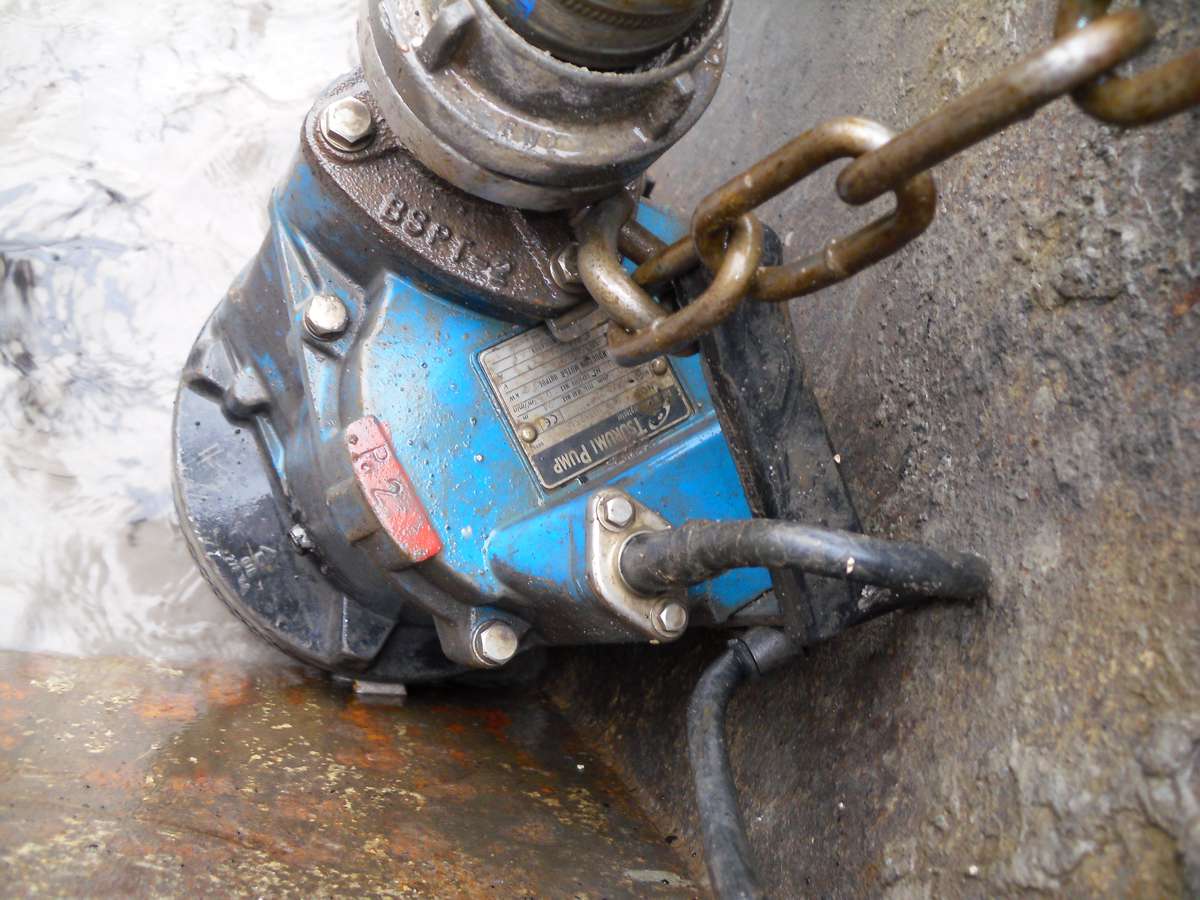The biggest weak point in your Water Pump is the cable
When the decision for a new dewatering pump is pending, the models are often meticulously compared. However, users quickly overlook the fact that the success of the drainage system depends to a large extent on the cable used.
What many people do not know, but repair statistics prove: a defective power cable is the most frequent cause of pump failure.
The pump manufacturer Tsurumi points this out. The company is considered the world’s largest manufacturer of dewatering pumps for the construction industry. It regularly evaluates user experiences. After all, the cable is the first link in the failure chain and therefore the most important element to consider first.

Mining quality instead of hose line
A closer look reveals various causes of failure. Improper use is a major factor. Probably everywhere in business there are occasional time bottlenecks. But when things have to be done quickly, the manufacturer’s specifications are not always followed. “The pump is sometimes pulled out of the sump just by the cable,” Stefan Himmelsbach reports. The expert at Tsurumi´s EU headquarters in Düsseldorf, Germany, knows all the damage patterns. He points to handle and eyebolts, which are on the pumps for a good reason – only here point loads are permitted.
“Another cause is crushing damage.” However, this can always happen unintentionally, he says. Usually heavy vehicles run over the cable lying on stony ground, or the cable is overlooked when unloading building materials and equipment.
That is why the grade and quality of the cable is so relevant. Rubber hose cables, for example according to the specification H07RN-F, are common on the market. These are allowed, but only fulfil the basic requirements, says Himmelsbach.
In a direct comparison, technical aspects such as the structure of the stranded wire, the material of the core insulation, the outer sheath and (if available) the inner sheath, the maximum voltages and current carrying capacities, the bending radius and the temperature range in which the cable can maintain the assured properties are relevant.

10 years ahead
For its own 400V pumps, Tsurumi uses higher quality cables. “We switched to NSSHÖU cables 10 years ago,” says Himmelsbach. And for single-phase pumps, they use cables of the (better) specification H07RN8-F. “Since then, pump failures due to cable damage have drastically decreased”. They are no longer an issue today.
The NSSHÖU cable is a mechanically robust rubber cable that is actually intended for the heavy use in mines and quarries. But experience shows that the limits of physics are quickly reached even in “normal” civil engineering projects.
The manufacturer has therefore made these cables the standard for many pumps in its huge range. Tsurumi delivers – mostly immediately from stock – more than 500 models with maximum flow rates of up to 30m³/min or 216 m maximum head.
Technically, the Tsurumi cable differs in many aspects from the other variant. Above all, it is more robust, more abrasion-resistant and offers greater notch and tensile strength. The cables are also considerably more resistant to higher temperatures – important because shear and pressure generate heat.
But quite independently of the cable, there is another potentially weak point on every pump: the cable entry into the housing. Here the Japanese have come up with a clever solution. They encapsulate every single electrical conductor in synthetic resin, which hermetically seals the inlet. Pump failures due to penetrating creeping moisture are thus ruled out.




















